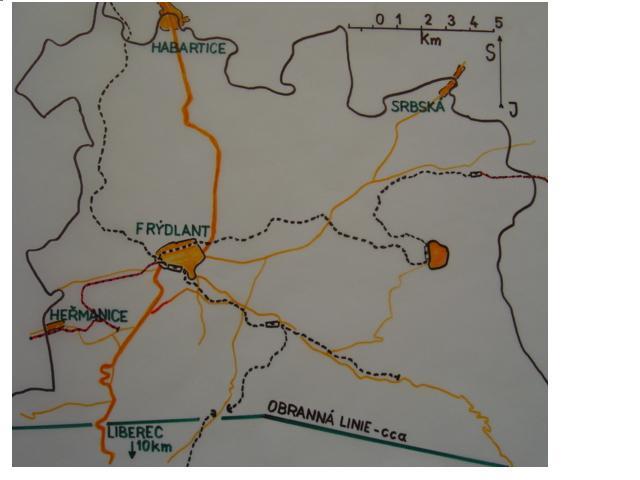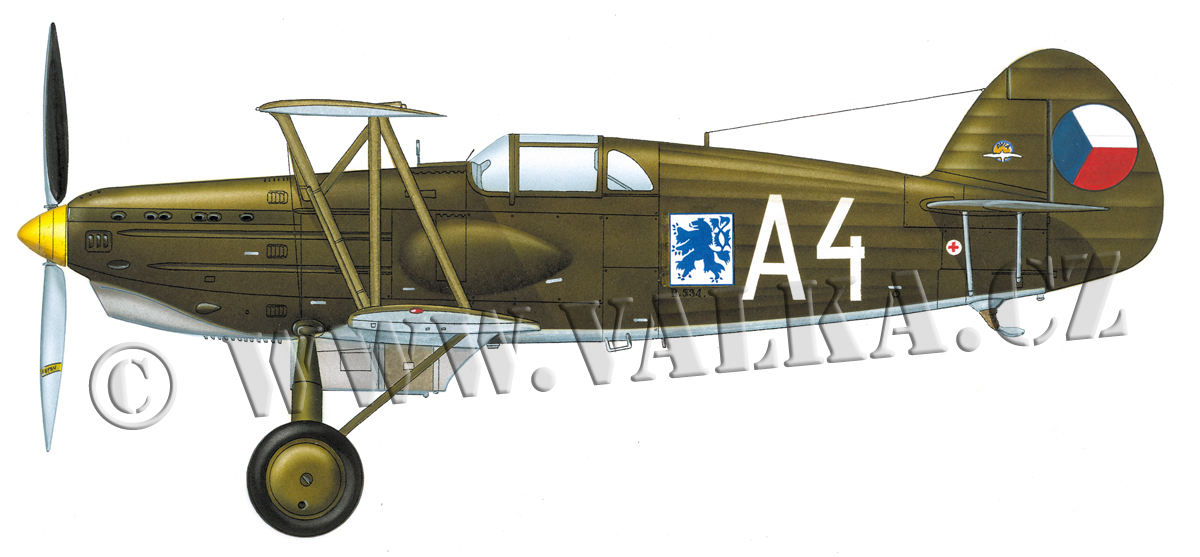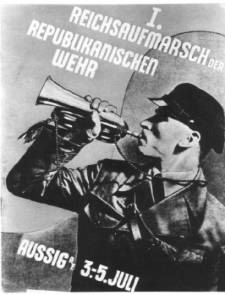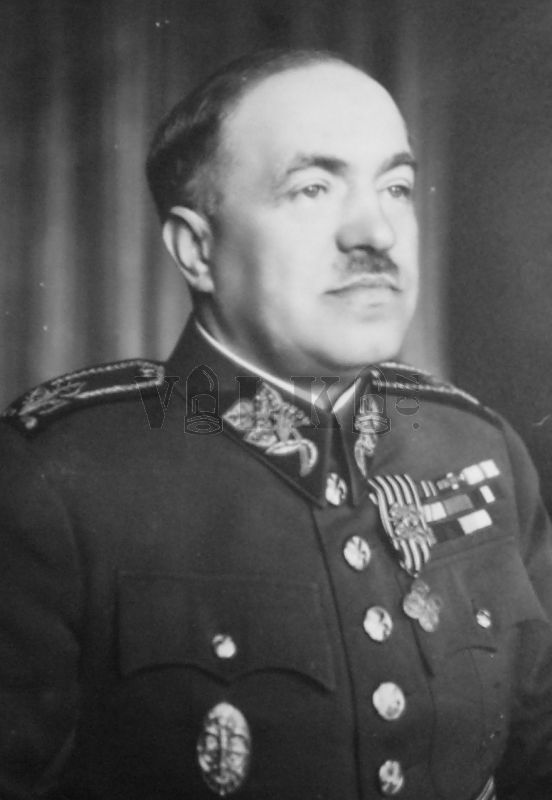
Border incidents in the Frýdlant region in September 1938
One of the northernmost corners of the Czech Republic, the Frýdlant promontory, was predestined by its location and ethnic composition to serve as an ideal place for the SdP (Sudetendeutsche Partei) and Freikorps to escalate tensions and terror in this area against financial guards, gendarmerie and SOS state units) and the Czech population, or anti-Nazis. The same situation prevailed in other places in the Sudetenland, where units of the Czechoslovak army were missing. For example, in the neighboring Šluknov promontory.





